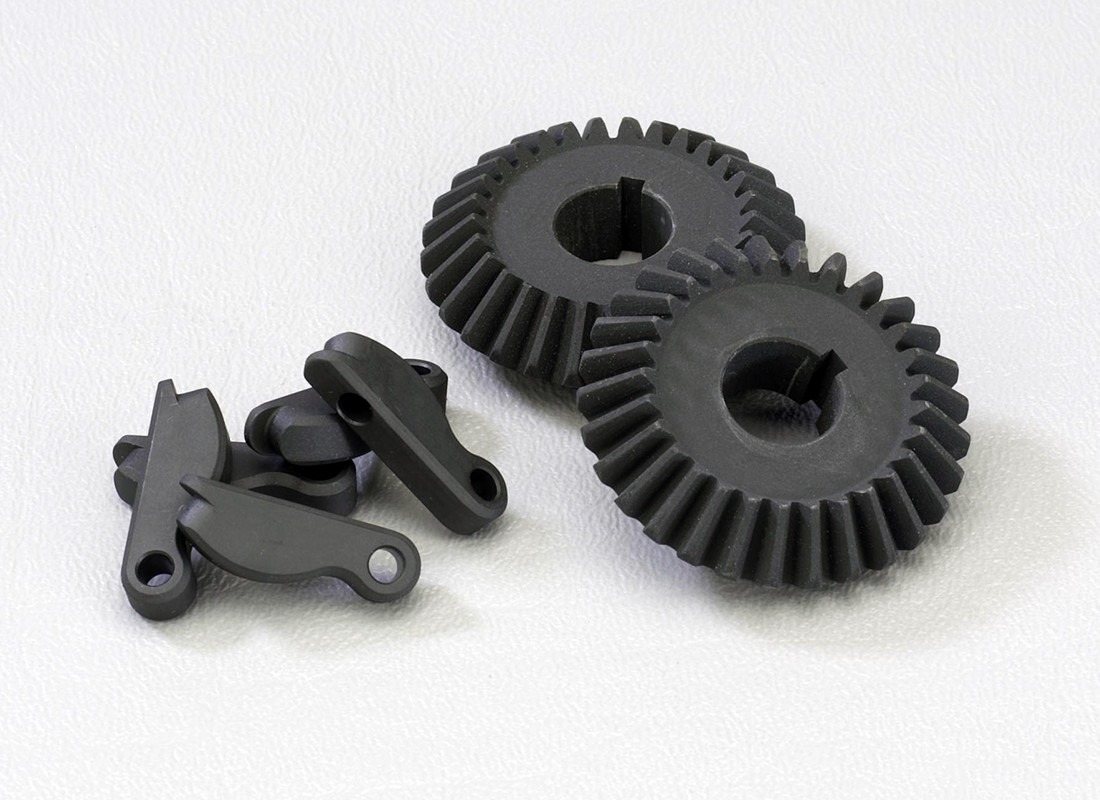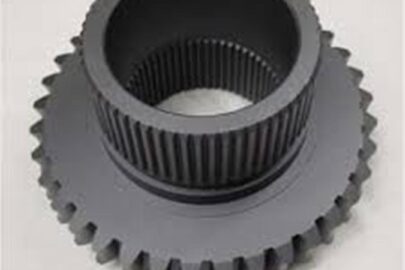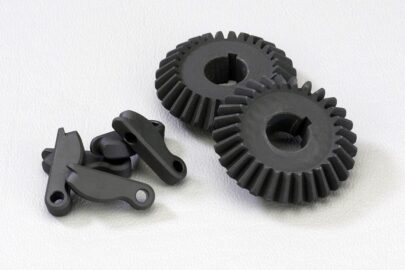Phosphate
Phosphate surface finish is a metal surface pretreatment technology that involves immersing the metal product in an acidic solution containing phosphate. At a certain temperature, the metal surface reacts chemically with the phosphate in the solution to form a phosphate film.
Phosphate surface finish mainly used for the surface of steel products and some non-ferrous metals (such as aluminum and zinc).
This treatment can form a phosphate film on the metal surface to improve the metal’s corrosion resistance, wear resistance, adhesion and lubricity.
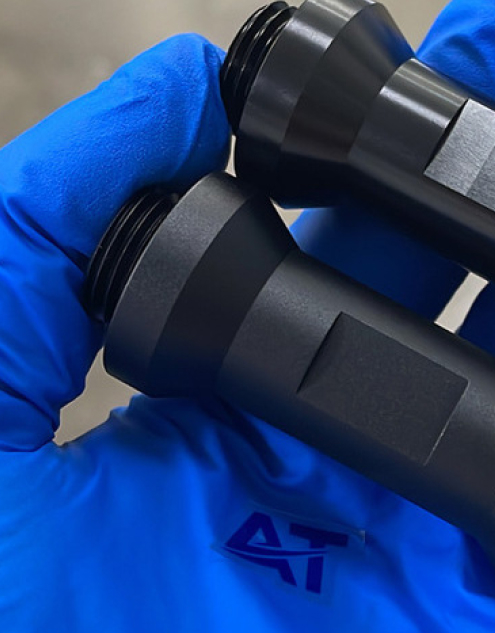
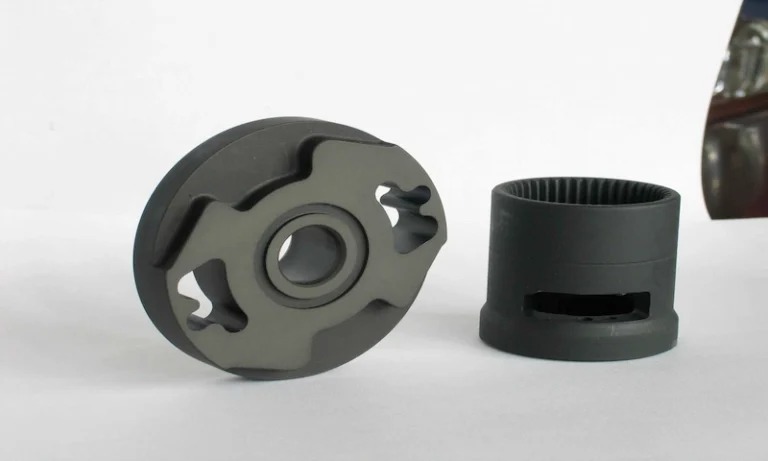

High machinability and ductility, good strength-to-weight ratio. Aluminum alloys have good strength-to-weight ratio, high thermal and electrical conductivity, low density and natural corrosion resistance.
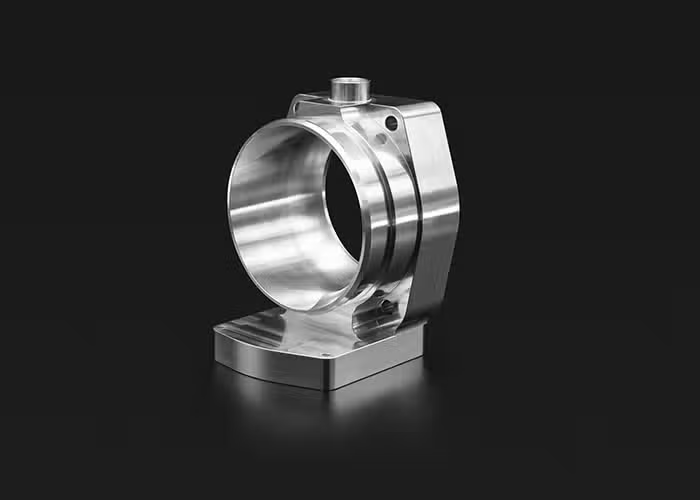
Stainless steel alloys have high strength, ductility, wear and corrosion resistance. They can be easily welded, machined and polished. The hardness and the cost of stainless steel is higher than that of aluminum alloy.

Steel is a strong, versatile, and durable alloy of iron and carbon. Its applications range from construction materials and structural components to automotive and aerospace components.
Steel is strong and durable High tensile strength Corrosion resistance Heat and fire resistance Easily molded and formed.

Highly resistant to seawater corrosion. The material’s mechanical properties are inferior to many other machinable metals, making it best for low-stress components produced by CNC machining.

Brass is mechanically stronger and lower-friction metal properties make CNC machining brass ideal for mechanical applications that also require corrosion resistance such as those encountered in the marine industry.

Few metals have the electric conductivity that copper has when it comes to CNC milling materials. The material’s high corrosion resistance aids in preventing rust, and its thermal conductivity features facilitate CNC machining shaping.

Zinc is a slightly brittle metal at room temperature and has a shiny-greyish appearance when oxidation is removed.
Design Considerations
- Film thickness detection: Measure the thickness of the phosphate film to ensure that the thickness of the phosphate film meets the design requirements.
- Microstructure inspection: Use a microscope and other equipment to inspect the microstructure of the phosphate film to evaluate the density and uniformity of the phosphate film.
- Salt spray test: Conduct a salt spray test to verify the corrosion resistance of the phosphate film.
- Coating adhesion test: Test the coating adhesion of the phosphate film to ensure that the coating is firm.
